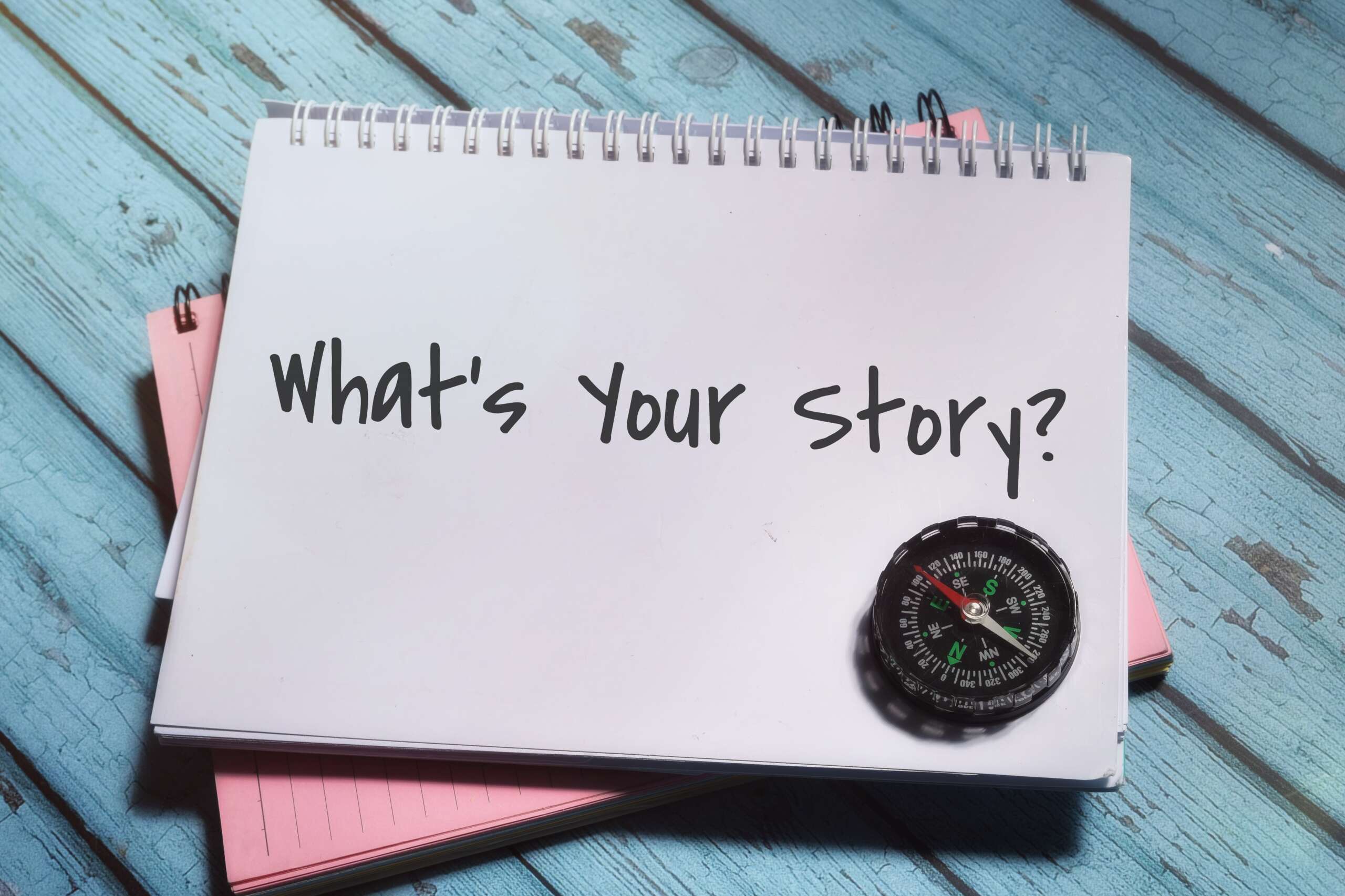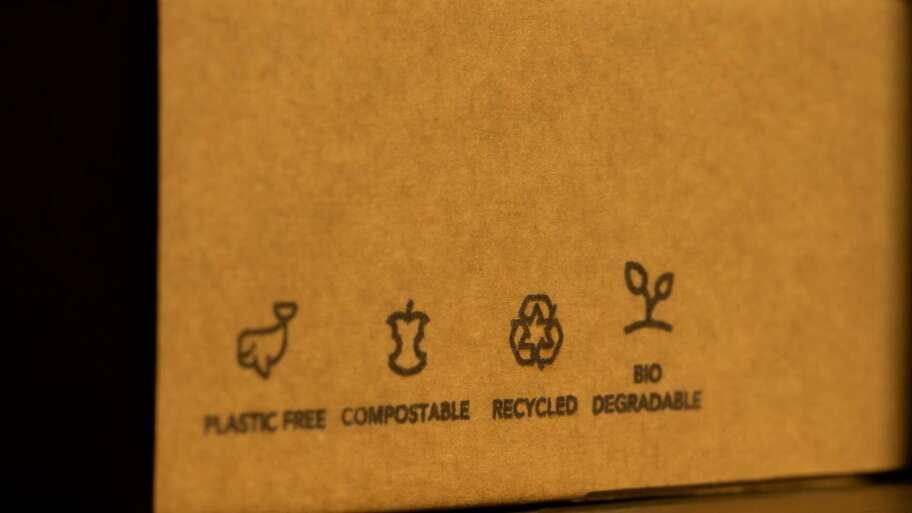You’ve heard it before – focusing exclusively on content quantity just isn’t enough. For content to be effective, you need to develop content that is both relatable and engaging. The better you can connect with your audience, the better chance you have at engaging their interest in what you’re writing about. If you want to captivate your audience and increase engagement, you need your content to be more than just words on a page. Your content must engage the reader visually, emotionally, and logically. But how can we do this, how can we develop content that connects? In this article, we delve into some useful tips on how to engage more people in your sustainability commitment and impact.
Telling your story
Telling a great story is one of the most effective ways to communicate a message. For a business, it can engage people in your organisational culture, and show the personality, character, and commitment that you and your team bring to work every day. To develop your story, it’s important to understand your audience and to find your connection point or points. Why do some people care and why do others not care about sustainability? How can you connect and bring more people into a mindset that priorities and chooses businesses, products, and services that are delivered and developed with sustainability in mind?
IIt’s fair to say sustainability is quite a broad topic, and so it can sometimes be hard to know where to start when trying to inform and engage. Getting to know your audience and deciding on what you want to say and why is the first step.
Through introducing the problem you’re addressing, the inspiration for taking an action or actions, and the improved outcome being achieved, you’re engaging people in the why and how. You’re sharing the importance of action and impact right now and for the long term. It could be that you’ve embraced circular production processes that reuse materials and minimise waste? Have you initiated programmes that champion inclusion, diversity and equal pay in the workplace? Whatever the case, and wherever your key focus is right now, share why it’s important to you, and why it should be important to everyone. The second step is knowing your brand inside and out, the work being done, the impact now, and the ambition. Once you know this, you’ll be able to develop content that resonates, while staying true and transparent. Greenwashing is a major NO! Be honest and open about where you are and where you’re going. NOONE has time for greenwashing!
Telling your story well
You can’t just wing it when it comes to engaging people in your story. Before you start, you need to know what you want your audience to understand and to do after engaging with your content. This will help you to stay organised and structured so that the delivery is clear and compelling. Remember stories have an inherent structure and purpose. They start with a problem that needs to be solved and end with a solution. Here are some handy tips that should help you to get started:
- Keep things simple. Don’t make it too complicated.
- Pick an area or aspect of sustainability in your business that you’re passionate about and feel strongly about.
- Avoid jargon and acronyms. Don’t assume your audience knows what you’re talking about. Use words that people understand.
- Use language that connects and is emotive, for example, descriptive words that show a reader how you feel about something.
- Write for your audience. Don’t write something that you would like to read. Write something that your audience wants to read. This takes research and being tuned in to what your audience is looking for.
- Enhance the story by making it logical – using facts, figures, or dates for example.
- Use active sentences and verbs when possible. One of the key differences between writing that reads well and writing that doesn’t is the use of active sentences. Active sentences make content more effective because they are more interesting and engaging.
- Use visuals. Try to include at least one image in an article. If you’re explaining a process, try to use a flow diagram or step-by-step instructions.
- Be honest. Don’t try to be something you’re not. People can tell if you’re trying to sell them something. If you believe in what you’re writing and telling people, your audience can sense it. Even if they don’t agree with everything you’re saying, they will respect you for being sincere.
Creating the Right Type of Content
Once you’ve decided on want to share, make sure that you bring this story to life through effective content. Using a mix of different types of content will help you to get your story out there, for example through:
Blog: Blogs are an integral part of content marketing. They help boost SEO and allow your company
to share a wide variety of information with the public.
Case studies: Case studies help to tell your brand’s sustainability story in a more in-depth and
personalised way. A good case study will help your business to very tangibly show the impact you’re
having and how you’re working towards sustainability.
Videos: Videos are an excellent way to share your company’s story with the public and are a great
way to show how your brand is embracing sustainability as a part of its core values. Develop a script
with a clear beginning, middle, and end that tells your story.
Sustainability reporting: A sustainability report will outline your business actions to enhance
sustainability and will allow the public to see what exactly your business has been doing.
Whatever it is that you decide to do, telling your story, and telling it well is important.




